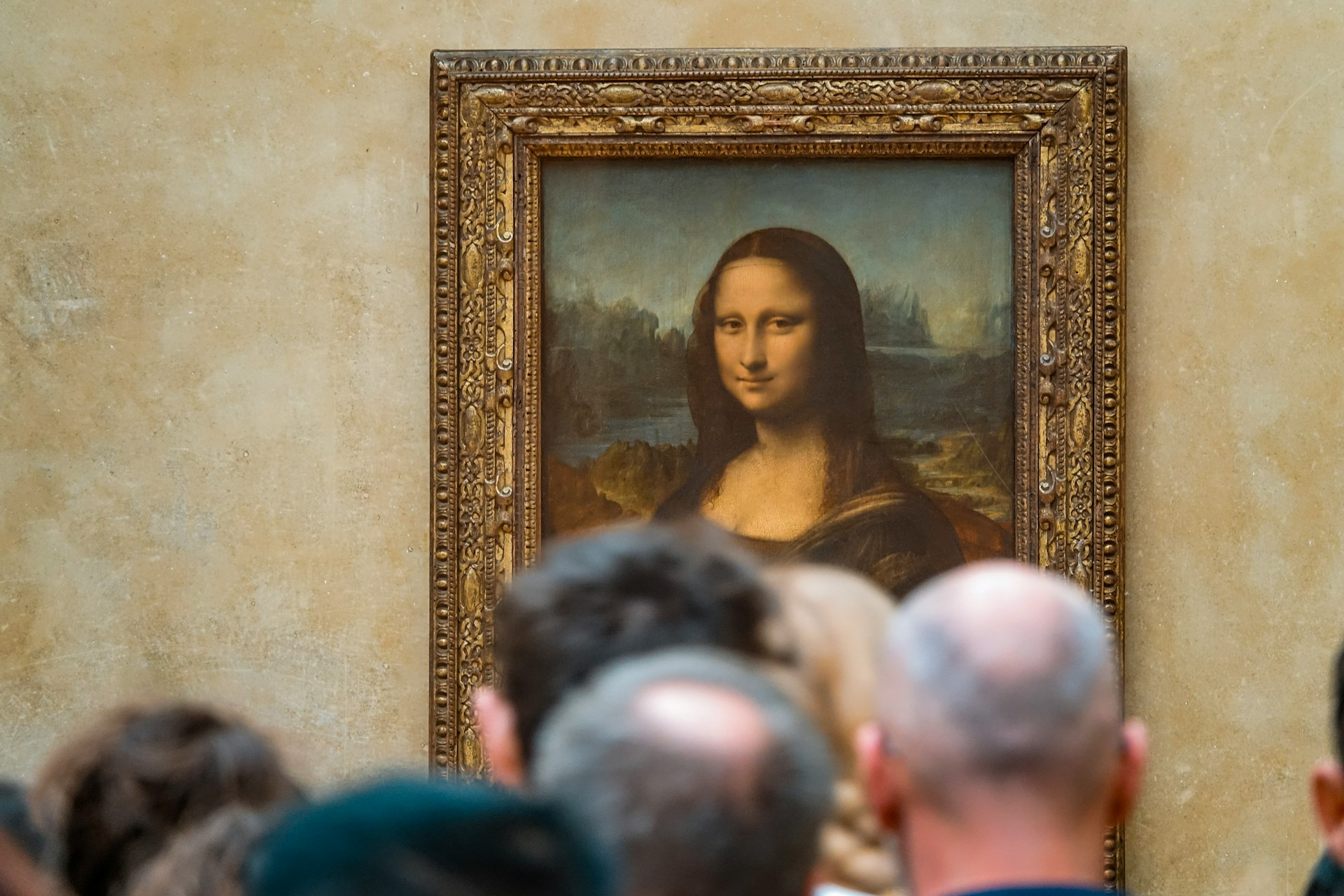Assistant professor in informatics, information architect, designer, piano player, author.
Digital naives
Recent european statistics place the average European citizen online for some 25.9 hours per week. These hours are by and large not spent in front of a computer in the office, battling spreadsheets or typing away: they are spent checking mail and chatting on smartphones, watching videos on tablets while comfortably sitting on a sofa, engaging friends and perfect strangers in online gaming, or following up the latest meme on social media.

While the numbers are pretty impressive per se and a definitive testimony to the ever increasing pervasiveness of computing in this stretch of the 21st century, if you break them down things get even more interesting. Patterns do differ across generations.
Take late Millennials for example, those who haven’t yet hit adulthood and who have little or no memory of a world without the Internet as they were too small, and Generation Z kids, those born after the year 2000 and who actually didn’t got to see how it was before we got a full jack-in job in place: the Telegraph reported last summer that when on holiday they still manage to spend roughly two hours a day on social media, connecting back with friends, sharing the high and lows of their vacation, liking and plussing and favoriting.
In a most comprehensive study conducted in the USA, the Kaiser Family Foundation reported a substantial increase of the time spent consuming media in kids between the ages 8 and 18 between 1999 and 2009. What is most interesting is not the 7+ hours a day spent on TV, games, music, and social media, but the fact that while TV time shrinks constantly, interactive digital content keeps going up. Even music, still a major player, means largely iPods, Spotify, or YouTube to this demographic, with a large component of consumption being reliant on social mechanisms and personal, multiple devices. Not a surprise, with mobile phones ownership at 66% and iPods / MP3 players at 76% of the sample the Kaiser Family Foundation investigated (the Pew Internet and American Life Project reports 77% for mobile phones, also adding while it’s true that American teenagers text much more now than they used to do two-three years ago, those who text most are also usually the heaviest talkers face to face).
These, Millennials and Generation Zers, are the people you often see dubbed as digital natives following a seminal article written by Marc Prensky in 2001, implying they were born into a world where digital technology was readily available from the get go, and hence possess a native understanding of it. For example, as opposed to Generation Xers or boomers, who are digital immigrants, people who to had to figure out what this digital was while it was changing the shape of their adult lives.
But so much in this conversations in the mainstream news seems to be misaligned, either calling up to the end of the world by social media or praising superior skills that are not really there. To me, it seems we are constantly missing the major point: there are definitely signs of the emergence of what Clive Thompson calls in a well-written piece on the Guardian “a new teenage sphere that is conducted digitally”. The only thing, it’s not digital for them. It’s not “virtual” (a note here: can we retire this word, please? We retired grunge, right? Virtual calls up more or less that same Seattle garage imagery. Let’s. Please.). It’s not different, or alien. This is what being “native” amounts to, and what Prensky outlined in his article back then.
As such, it has very little to do with competencies, or with being geeks, or with technical skills.
There’s no doubt that when it comes to digital technology kids in primary and secondary school are definitely much more savvy or apt than their parents, on average. It couldn’t be otherwise. Generation Zers have been experimenting and playing with tablets, phones, computers, consoles all of their lives. These provide endless easy access to games and media to keep them motivated early on, and a promise of unending social interactions with peers later on. They are fun, they are liberating, they are part of the fabric of reality, just like bikes or footballs. But we could easily say the same for every generation: we would just have to use a different technology. My grandmother grokked electricity and what it could do for her in a way her farmer parents who were born in a world of oil and candles couldn’t, and I had to explain TV to her more than once as a kid. Even though she’d been seeing it for some 20 years at the time, she was still confused by the whole “I see you so then you see me” thing.
A lot of this has to do with learning the rules of the game, and here is the thin line that we have to be aware of: using really does not equate mastering, in the larger possible sense of the word, the one that so much of the articles we read assume. Technical, personal, social mastering. It shouldn’t be even implied. I could explain TV to my grandma, but that didn’t make me capable of broadcasting my own show. Or of making a successful one, for that matter. Similarly, digital natives are immersed in digital, but that doesn’t make them great hackers or Internet experts from the day they are born. That takes time if it happens at all, and a learning process, which should really be no surprise.
What being a digital native means is that digital technology (though I would argue connectivity is the key element and the key differentiator here for real) is simply a part of everyday life. There is no reconversion, there is no updating of pre-digital analogies, no idea that “mail is like writing a letter, but a bit less formal”, or that “songs are really pieces of that thing we call a CD or LP”. In this sense, they are much more digital naives that do things naturally, almost unaware, rather than digital natives.
What is different is not the fact that digital na(t)ives have an innate understanding of how the Internet works (they don’t), that they can fine-tune your iPhone (they can’t), or that they should be listened to when it comes to trends in the industry (they shouldn’t). They are simply not considering digital as something different from real. No Millennial business owner will ever pause for a moment to consider if they should invest time money or energies in this Web thing we have. No Generation Z customer will assume that live chat you offer to clients is really just there for show and that you have to ring up customer care during office hours.
It is a huge shift with profound implications, some of them connected to the cross-channel nature of any service that is provided or will be provided to this demographic. These people, they see things in different ways, to put it as Bruce Springsteen put it in 1977.
What changes can we expect? What changes should be design for? What will they expect, or desire, when interacting with the tax system? What will be feasible communication channels? Will any hospital ward better have a Whatsapp account? Should they? We are starting to pile up quite a large amount of data that tells us “how much”: time, number of phones, tablets, messages per week, trends in joining or abandoning social networks. It’s probably about time we start to take care of what (and why) digital natives are bringing to the table. This will be different.
Credit where credit is due: I owe the definition of digital naives (as opposed to digital natives) to my good friend and ux designer Raffaella Roviglioni who first brought it up (to my knowledge) in a Facebook conversation. Thanks Raffaella.
(Photo: A remix of a photo by Brad and Lexie Flickinger, http://www.flickr.com/photos/56155476@N08/6659992675/ – CC BY 2.0)
Detta är en bloggtext. Det är skribenten som står för åsikterna som förs fram i texten, inte Jönköping University.





